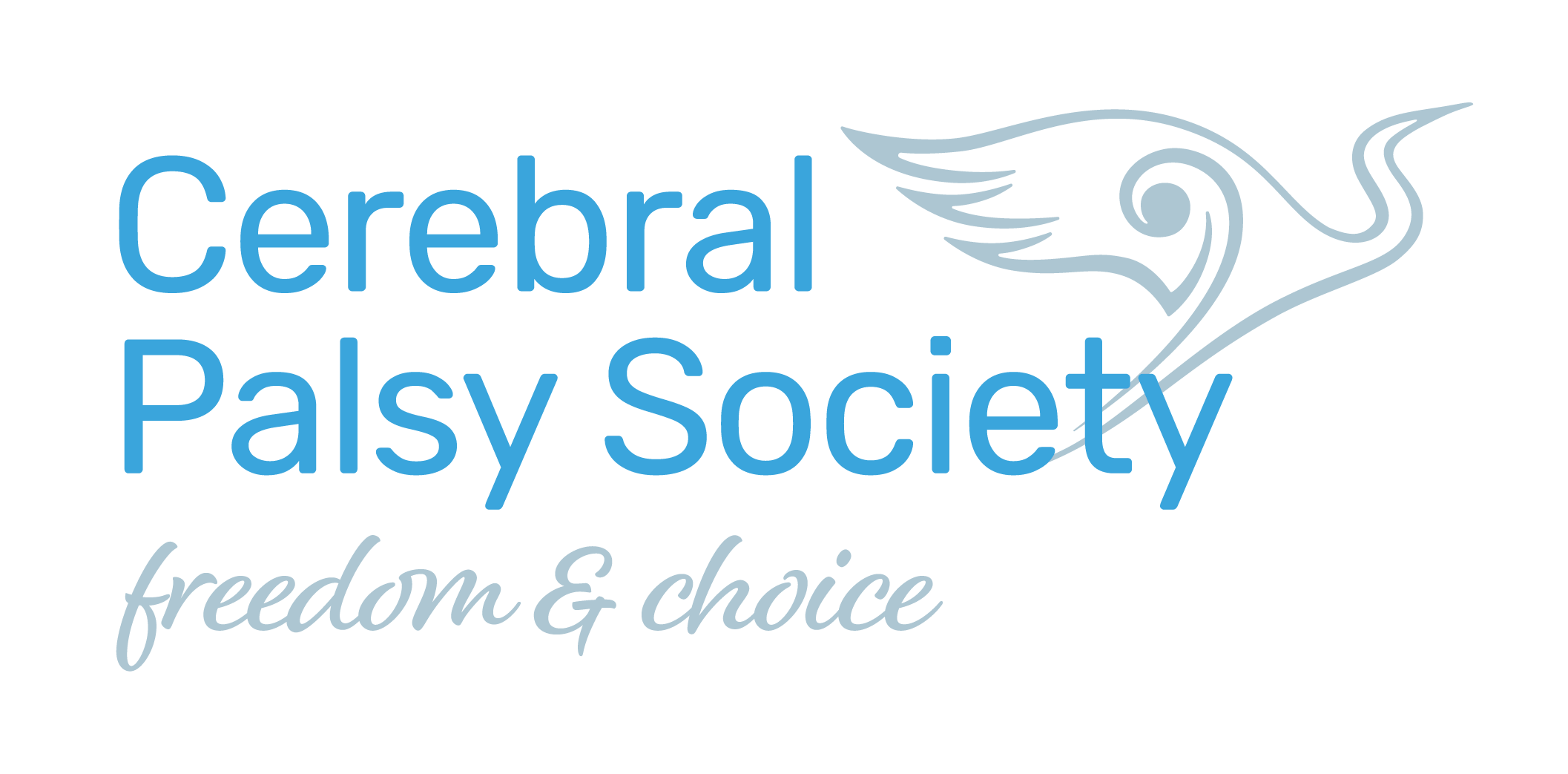Research
What Is Cerebral Palsy?
13 Dec 2019
 Recently, one of our members was on the news for his accomplishments in sports. This was an excellent article and an insight into the possibilities for adaptation at high levels of physical activities. However, he was reported as having “CP like” symptoms which is an unusual term this article will explain why these terms and different concepts occur. ‘CP Like’ is a general description used when there may not a unifying diagnosis that fits all the symptoms but the functional signs and support needs are the same for example mobility and communication difficulties. There is an article that outlines what can constitute cerebral palsy in the 21st century and the authors point out that the clinical presentation of symptoms is the most unifying factor.
Recently, one of our members was on the news for his accomplishments in sports. This was an excellent article and an insight into the possibilities for adaptation at high levels of physical activities. However, he was reported as having “CP like” symptoms which is an unusual term this article will explain why these terms and different concepts occur. ‘CP Like’ is a general description used when there may not a unifying diagnosis that fits all the symptoms but the functional signs and support needs are the same for example mobility and communication difficulties. There is an article that outlines what can constitute cerebral palsy in the 21st century and the authors point out that the clinical presentation of symptoms is the most unifying factor.
Cerebral palsy (CP) is a complicated condition to accurately define. The standard definition is that CP refers to a range of symptoms resulting from a brain injury under the age of two years. However, the precise mechanisms that cause CP and resolved in the different presentations in individuals is not well-understood. For instance, it was thought for a long time that brain injury at birth was a primary cause of the damage, however, recent studies indicate that the majority of the injuries occur in the womb and at earlier stage of pregnancy. According to international CP registries, birth asphyxia accounts for less 10% or less. However, it can be difficult to make a clear cut determination on exact processes. As scientists develop more sophisticated understanding of the brain and neurophysiology, their ability to comprehend neurological conditions also increases. Therefore, the label of CP and its associated conditions often change to reflect these realities. One of the reasons we have designed, The CP Clinical Network is so that healthcare professionals will have best practice clinical guidelines with consistent language, timeframes, and criteria. These efforts won’t create a perfect formula but it will hopefully iron out some of the inconsistency.
Even though most people commonly refer to CP being the result of a brain injury under the age of two, there is no exact cut-off point. Children who receive injuries later in life can technically present as having CP, though the cut off for most criteria is under the age of 2 years. However, retrospective diagnosis can occur if the child has had inconsistent medical reviews. It can also depend on the individual’s circumstances or medical staff as to when and how the diagnosis occurs. When a foetus is forming or a baby is born, the developing brain is undergoing a rapid period of growth, transformation and development. Neuropathways are occurring rapidly and in much greater numbers than the people will need in their lifetime. There are set stages of development for different areas of the brain that generally happen in sequence, although there is considerable individual variation in how this manifests in individual children. Therefore, any disruption to these sequences can have an impact not only on multiple regions of the brain. There are multiple elements that can have a disruptive impact on maturing neuropathways such as maternal infection, umbilical or placenta difficulties.
The brain injury that can result in diagnosis of CP does not happen in isolation. It is common for individuals with CP to receive multiple diagnosis. For example, babies who are born prematurely can also present with retinopathy of prematurity (ROP) because the part of the brain that is responsible for sight is also especially vulnerable to damage with things like stroke or oxygen deprivation. The brain’s recovery from the different injuries can be a gradual process which an in tern influence different diagnoses. This is why the diagnosis of CP is not an exact science and can co-occur with multiple conditions leading to a collection of diagnosis or unspecified symptoms that may be “CP like”.
If you would like to read the article on CP in the 21st century or any other references, please feel free to email me at amy@cpsociety.org.nz for more information and a copy of the journal article.
RECENT POSTS
- Navigating change in the health and disability landscape
- Update: Respiratory and oral health in children and young adults with CP in Aotearoa New Zealand
- Understanding fatigue in disability: Insights and strategies
- The practicalities of disability and sleep
- Understanding latest advancements: hype, hope, and practicalities

